We’ve been mountain biking in and around the Blanchland area since we’ve known each other; over ten years now. It’s a great spot; miles of moorland singletrack that’s rocky, but not too technical. We’ve explored a lot of the bridleways and footpaths around there; biking, running, walking, and have often seen the chimney of the Sikehead Lead Mine standing to attention off in the distance when we’ve been bombing down the trail from the Bolts Law trig point. The chimney is accessed via a footpath, and like the good and respectful cyclists we are, we never went down it since we were always on our bikes (bikes aren’t permitted on footpaths you see).
On the day we decided to make a purposeful visit to the Chimney, we found ourselves completely unprepared for what we discovered. We – foolishly – assumed that there was just the chimney, but there’s so much to see and explore at this abandoned mine.
The moorland that stretches across the commons has an incredibly rich history of lead mining. Not twenty miles away is the Killhope Lead Mining Museum; a fantastic show of the wealthy industry which dotted this area at the hearth of the North Pennines. The Sikehead mine predates Killhope, albeit only by a decade or so. The 15m high chimney which stands so proudly on the Ramshaw moors belonged to the Jeffrey Smelt Mill which was situated to the NNE. It lies at the end of a flue which ran between the mill and the chimney. All that remains of the flue now is a shallow ditch with obvious signs of built up walls and a floor; the flue would once have been covered with an arched brick roof and covered over with earth but has long since been demolished, pillaged no doubt, for its materials. The smelter was only slightly set back from the road and the smoke and fumes from the flues were a blight on the land and any travellers passing through on the road.
You can see where the top of the chimney hasn’t survived the ravaging decades, but the chimney itself is in remarkably good shape with a beautiful arched opening
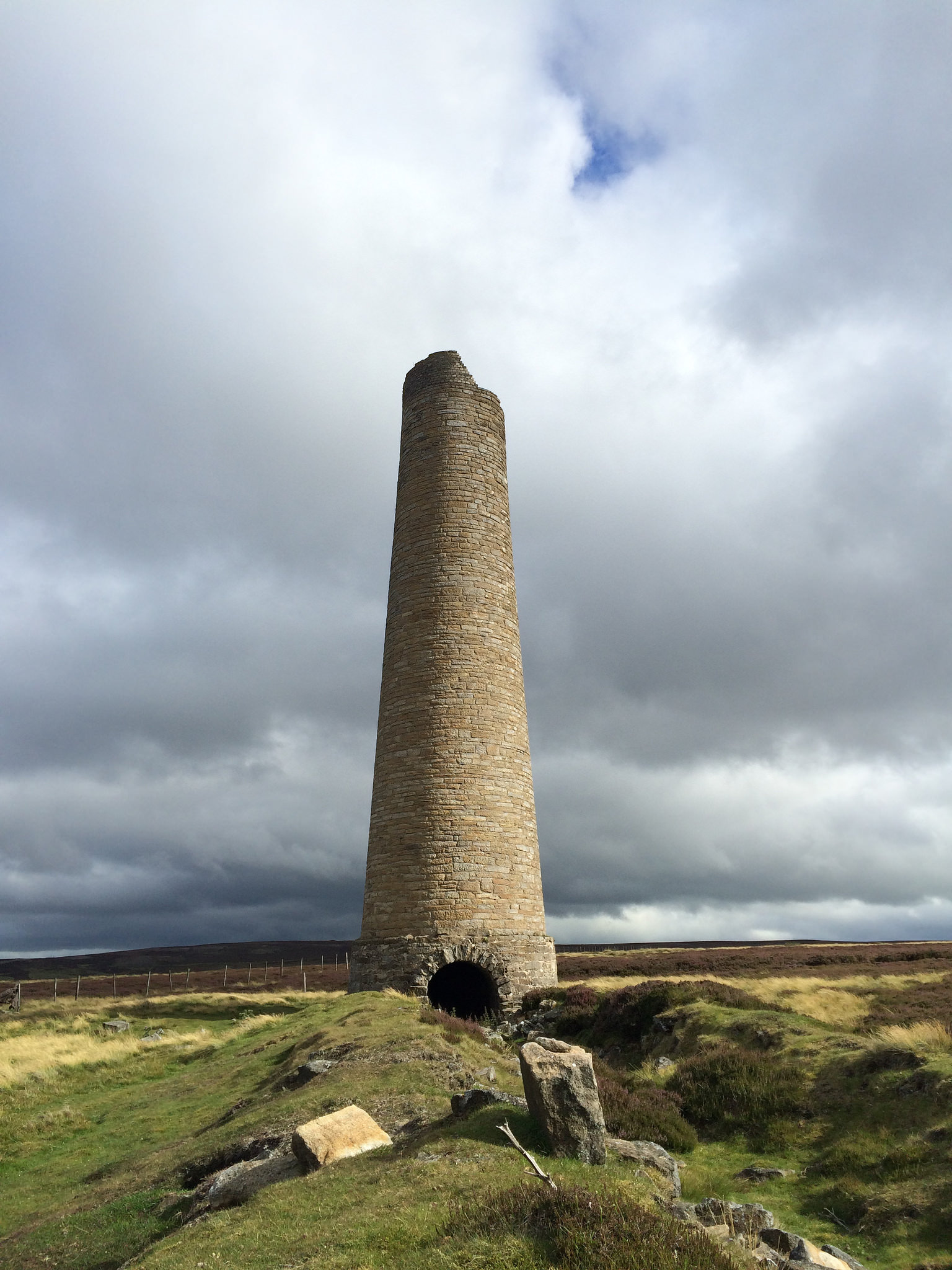
The chimney sits just to the east of one of the two dams built to service the mines. Only this one of the two dams remains, the other already drained. The dam, influenced by mining engineer John Taylor, was central to the water management system of the mine.

Heading down the footpath to the SSW of the dam was where we stumbled upon some treasure we knew nothing of. The skeletal remains of the Sikehead Lead Mine weave their history through the landscape conjuring up images of industrial fresh air, harsh working conditions and rock hard graft.
The two main shafts – Ruth (pumping), and Ellen (winding) – were sunk in the 1840’s. The shafts were sunk to 80 fathoms (about 400 ft) which was the base of The Great Limestone – the name given to the bedrock stretching across the North of England – although mining typically only went down to a 50 fathom depth.
The Ellen shaft still remains, but it’s now sealed off with a concrete cap. A capstan winch sits just offset on tracks that lead up to the shaft head. To the north west of the shaft is a stone built bouse team – the place where bouse (the hauled material) is deposited outside of the mine, ready to be dressed or prepared for the smelter.
In front of Ellen lie the rubbled remains of the pump house built for the 40 inch Cornish steam engine which pumped from the Ruth shaft. The pump house collapsed into the hollow of the Ruth shaft decades ago but the stones live to tell the tale.
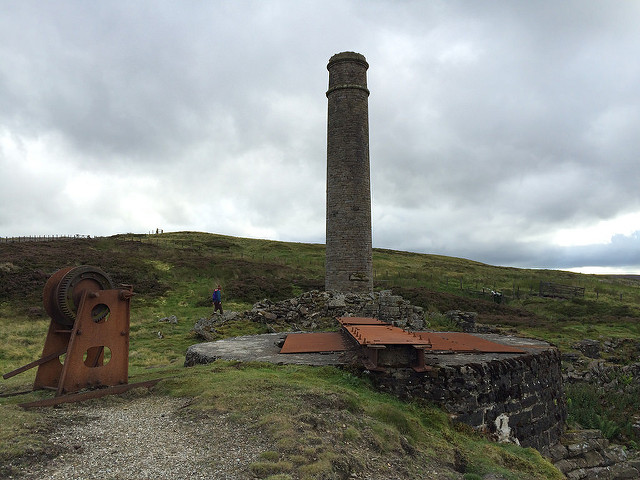
Further north west from the two shafts lies Robinson’s Level. Ore was hauled from here along a linear spoil tip to the west to be hand dressed. The arched opening is tucked into the landscape, gradually being engulfed by the heather and scrub, but following out from its yawning mouth the old rail tracks peek through the carpet of green at your feet, cemented in place from over a century of overgrowth. Walking all the way to the end of the tracks lie the remains of a fine ore chute in the Cornish tradition – almost unknown to the area – built into the spoil tip. The robust build of the chute remains as a legacy to the engineering of the day.
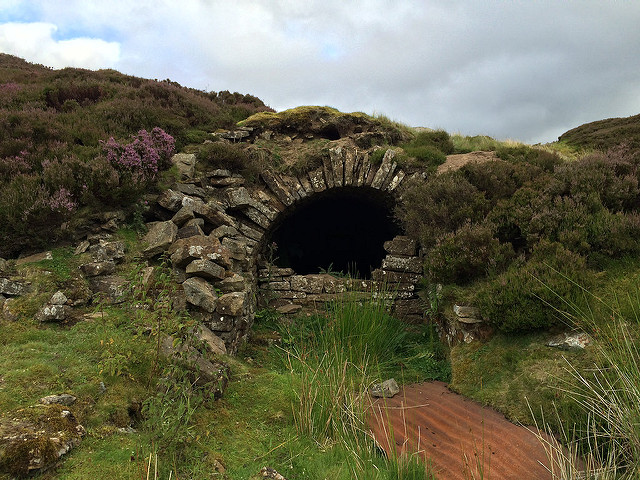
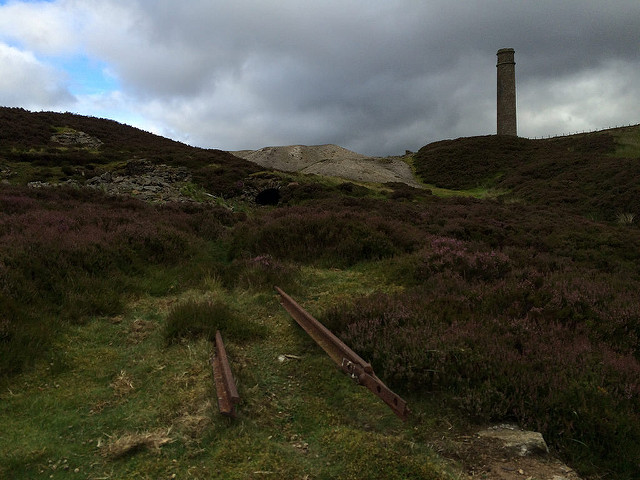
The whole site has us in awe. The air was still and quiet, and as we walked around this graveyard of industry you couldn’t help but imagine what the mine was like at the height of its production; the thick choke of the air belching from the chimneys and the nonstop pushing and pulling of winches and carts. Now it lies utterly abandoned. Hiding in plain sight on a stretch of moorland too far from any main town to make it a passing find.
It’s a shame. Because the remains of this mine tell a story worth hearing.

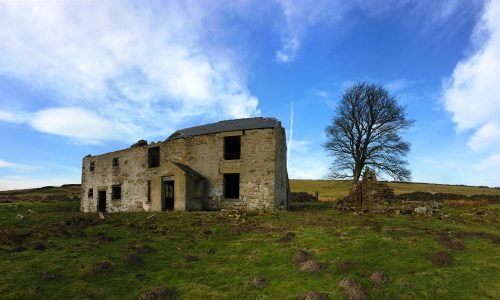
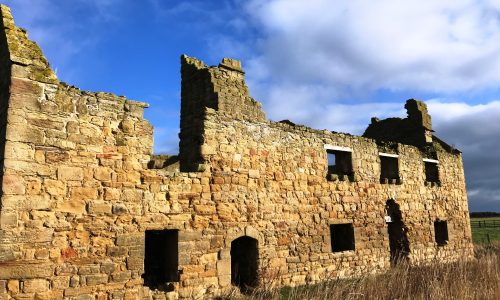

Lovely read as ever x
Just wanted to say thanks for this – I did this over the weekend and your blog came along with me. I would never have known that Robinson’s Level or the Ore shoot were there without it!
[…] the chimneys from Bolt’s Law in the past and wanted to come and visit them. I also found this website which would turn out to be a really great help so I was glad that I had printed it out and brought […]